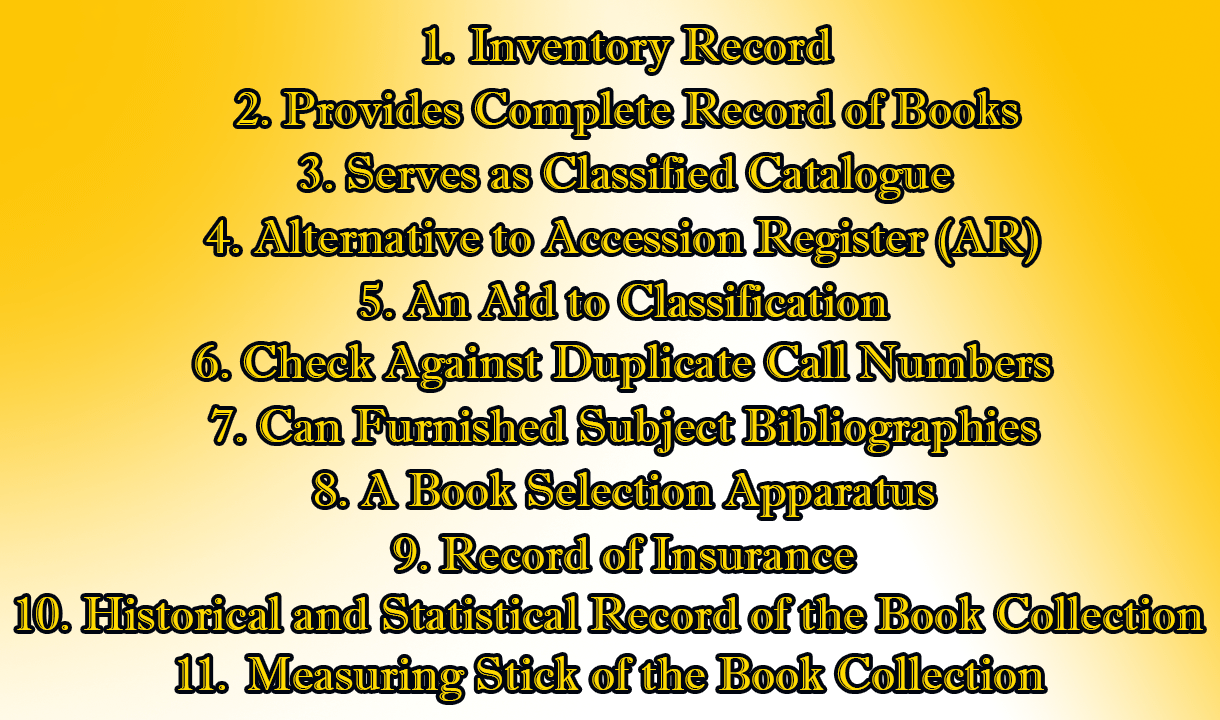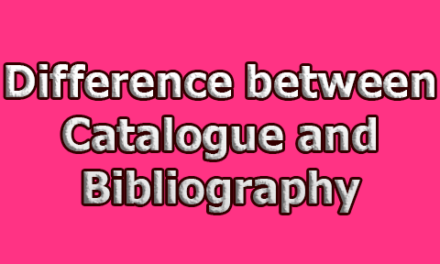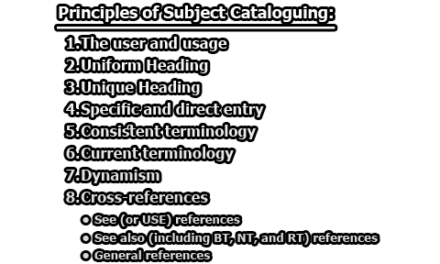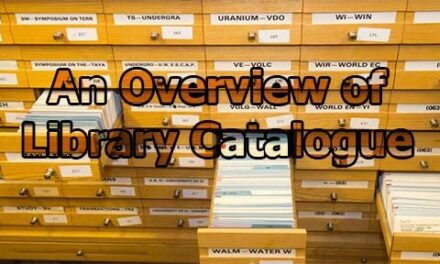Shelf list is a file of bibliographic records arranged by call number, i.e. entries are arranged in the same order as materials on the shelves. To shelf list an item in an online environment is to ensure that the call number assigned to a particular manifestation of a work unique and materials the integrity of the file arrangement follows a predictable order.
Definition of Shelf List:
“Shelf List is a record kept on cards of the books and other materials in a library in the order in which they stand on the shelves” (Merriam-Webster)
“Shelf list is a description of a repository’s holdings that is organized in the same order that the materials are stored” (American Archivists)
“A Shelf list is defined as a formal catalogue with entries sorter in the same order as the bibliographic items are shelved” (LIS Carrel)
So, we can say that shelf list is a record which kept on cards of the books, journals, periodicals, and other materials in the library on the shelves.
Functions and Uses of the Shelf List:
The shelf list, which is, otherwise, called the master catalogue, that contains tracing on the basis of which main author entry and all other added entries are prepared, performs the following functions;
- Inventory Record: It serves as a record with which stocktaking may be done to find out missing materials by checking the accession number of each book on the shelf against the shelf list.
- Provides Complete Record of Books: It shows the total number of titles or copies of books owned by the information institutions, as it contains accession number of all copies of a title.
- Serves as Classified Catalogue: Because the entries are arranged by classification numbers, it works as a classified catalogue.
- Alternative to Accession Register (AR): It provides some additional information about the books, printed on the left side of the entry, i.e. date order, price, source, etc. which are also given Accession Register (AR). The Shelf list thus works as an alternative to Accession Register (AR).
- An Aid to Classification: It shows what kinds of books and other materials are there in a given class in an information institution, and thus works as an aid to classification.
- Check Against Duplicate Call Numbers: While assigning new call number to a new book, the cataloguer must check the Shelf List to ascertain whether that number has already been allotted to the subject in question, or it is a different number for the some object, and thus can maintain symmetry in classification as also control duplicate call numbers of books on a given class.
- Can Furnished Subject Bibliographies: If the information institution wants to print a catalogue or bibliography of its collections as certain subjects, the shelf list, can furnished the copy.
- A Book Selection Apparatus: It shows the acquisition officer, before procuring new books, how many and what materials the information institution has in a given subject. It also works as a book selection tool for the new and smaller information instructions.
- Record of Insurance: It serves as a record for insurance against destruction of collection by fire, war or other climates.
- Historical and Statistical Record of the Book Collection: Because the shelf list maintains record of number of copies of a book purchased including its price, the copy lost or withdrawn, location of the book in the central library, or branch libraries, or subject reading rooms, the information institution can have a history of every book it contains through the shelf list.
- Measuring Stick of the Book Collection: Since entries are filed by class numbers and there is only one entry for one title, books on a given subject are grouped together which can show the strength and weakness of books collection on each subject.
A Comparative Study of Shelf List, Public Catalogue and Accession Register:
There are striking similarities in technical information embodied in a shelf list, Public Catalogue and an Accession Register, but there are subtitle differences in them, this can be proved by the following discussion;
a. Bibliographical and Additional Information: Apart from the general bibliographical information of a book as found in a main author entry, the Shelf List (SL) contains certain additional information printed on the left-hand side of the entry, i.e.
- Date of ordering or Date recommended, or Date order.
- Date of procurement, or date procured.
- Accession number, or Copy number.
- Source
- Price
- Location, etc.
These are not to be found in a public catalogue, either classified or dictionary. The Accession Register (AR) includes most of the items except date of ordering and location of the books.
b. Tracing: Shelf list contains tracing on the verso, which is not generally included in either a classed or a dictionary catalogue where a shelf list is not maintained, tracing given on a aim author entry in some libraries has little practical value since such cards may be pulled out by the readers from a public catalogue. The Accession Register is not a catalogue, and has nothing to do with tracing.
c. Number of Entries for a Book: The shelf list contains only one entry for one title of a book, whereas a public catalogue, either classified or dictionary, may contains more than one entry including added entries for subject(s), joint author(s), title, compiler, editor, translator, series, etc. for a book in question. Accession Register doesn’t contain any such entries.
d. Subject Entry: A Shelf List doesn’t include any subject entry whereas a public catalogue may include one or more entries for a book. The Accession Register has nothing to do with added entry.
e. Cross Reference Entries: A Shelf List doesn’t include any USE, UF, or SA which may be found in both classified and dictionary catalogues viz, Instruction USE Education. Accession Register doesn’t include such entries.
f. Stocktaking Record: Both the shelf List and Accession Register are used as inventory or stocktaking record, whereas a public catalogue doesn’t serve this purpose, unless checking author’s name, title, etc. is required in a dictionary catalogue.
g. Official or Public Catalogue: A SL is maintained as an official catalogue works as a public catalogue for the use of the public. The Accession Register is also an official record of books procured and maintained in the Acquisition Development.
h. Arrangement of Entries: A SL like a classed catalogue, is arranged according to classification number of any scheme, while a dictionary catalogue is arranged alphabetically by author, title, subject, series, etc. The Accession Register is not arranged in this way, but the entries of new arrivals are made in a register copy according to dare and serial numbers.
i. Book Selection Aid: The SL and the classified catalogue may be used as a book selection tool and for research purpose because the entries on a given subject and its related areas can be found together. It may be difficult for the both dictionary catalogue and the Accession Register to serve both these purposes, since subject entries are not given prominence in a dictionary catalogue, while entries on a particular subject are scattered all over the Accession Register.
Finally, we can say that it should be remembered here that if the library is automated or computerized, the above card catalogue or Shelf List will be of no use since an OPAC can offer not only the information contained in shelf list but also more than those.

Library Lecturer at Nurul Amin Degree College










